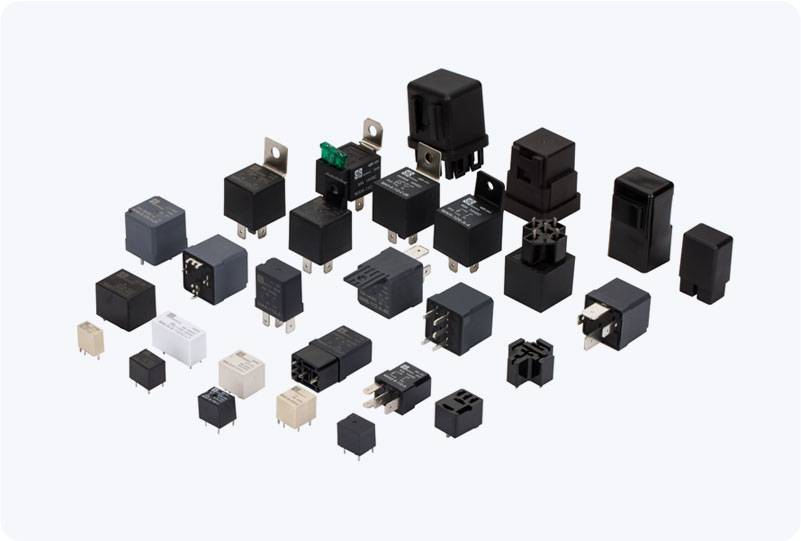The growing demand for clean energy solutions has led to significant advancements in new energy vehicles (NEVs), particularly electric vehicles (EVs) and plug-in hybrid electric vehicles (PHEVs). One critical component that plays a vital role in ensuring the safety and efficiency of these vehicles is the High Voltage DC Relay (HVDC Relay). These relays are essential for managing and controlling high-voltage circuits in the powertrain and battery systems of electric vehicles, which are central to the operation of the vehicle.

The Role of High Voltage DC Relays in NEVs High Voltage DC Relays are designed to control the flow of high-voltage DC (direct current) electrical power between critical components of electric vehicles, such as the battery, electric motor, and charging system. Since electric vehicles operate on high-voltage systems, typically ranging from 300V to 1000V or more, HVDC relays are used to ensure safe and efficient operation of the vehicle’s power systems. 1. Power Distribution and Switching Control The primary function of an HVDC relay in an electric vehicle is to control the switching of high-voltage circuits. These circuits include the connection between the battery and the power inverter, which controls the electric motor. The relay allows the vehicle’s control system to switch the power flow on and off as needed, enabling the efficient operation of the motor while ensuring safety. It ensures that power flows only when required and is safely cut off during shutdown or in case of system failure.